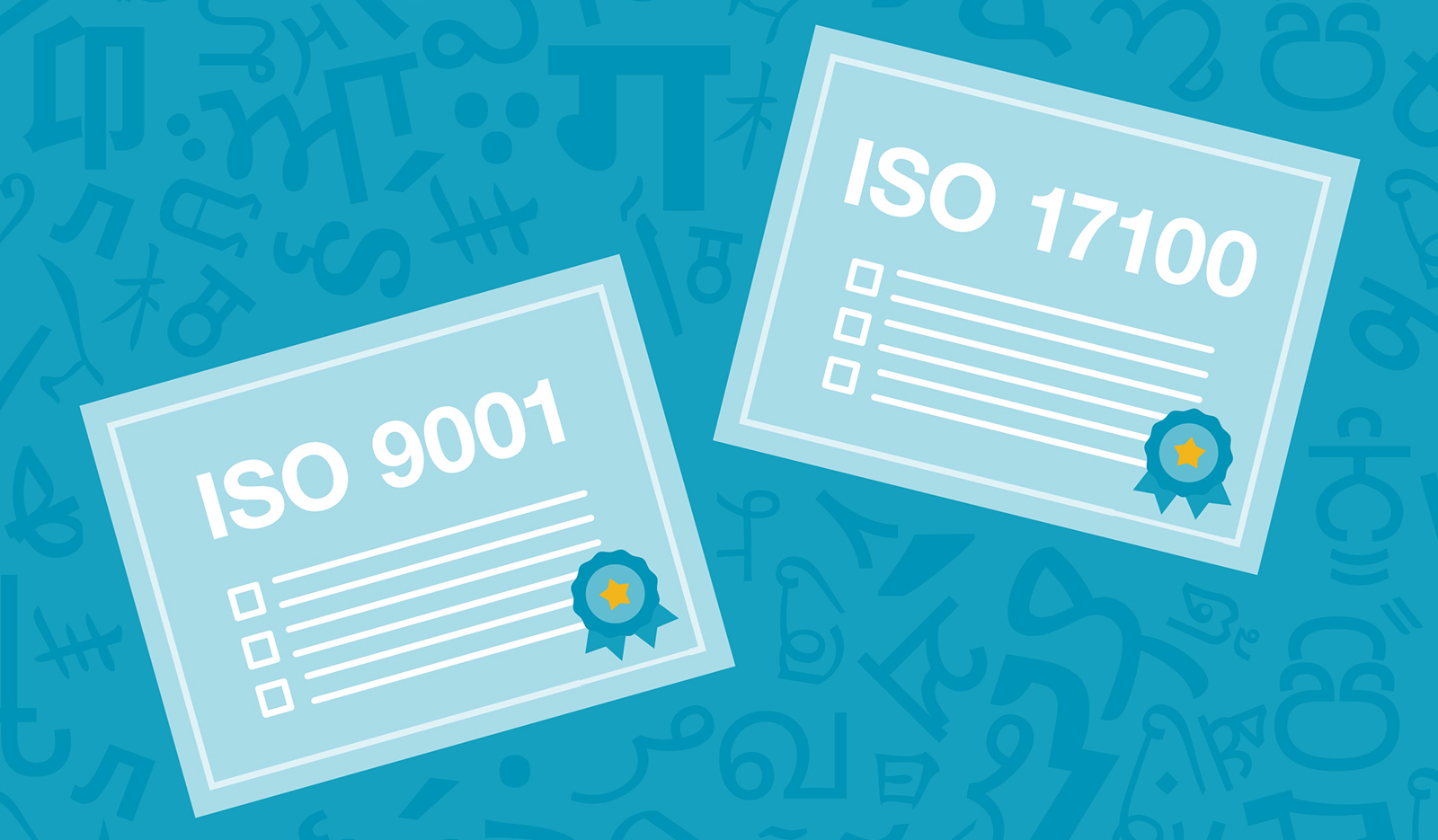When clients enter into a contract with a language service provider (LSP), they expect to have a team of highly qualified translators working with an appropriate process for their translation project. So here are two subject of concern – the translator and the process. Aware of this, language organizations around the globe have also made long-term efforts to standardize translation services, which is ISO 17100:2015 – formerly BS EN 15038, also known as ISO 17100:2015, as well as building a translation assessment system (Global Translator Certificate). In this article, only the aspect related to the translator’s qualification requirements in the process of putting this standard into practice is presented.
Introduction to the international translation standard ISO 17100
In 2015, the International Organization for Standardization (ISO) published ISO 17100 “Translation services and requirements for translation services.” This international standard sets out requirements for translation processes and translation service providers, superseding the previous translation standard, EN 15038. Many of the LSPs that have already obtained EN 15308 will apply this new version of international standard.
The party using translation services should not rely solely on any single certificate to prove the competence of the LSP, but must also consider the reliability of that LSP. Some clients such as government agencies will follow legal or policy requirements to work only with certified LSPs.

Translator qualifications
In particular, the requirements in the new standard on the qualifications of individual translators have caused much controversy. The standard sets out three criteria for certifying a qualified translator to work on a project in compliance with ISO 17100:
- has obtained a degree in translation from a recognized institution of higher education;
- has obtained a degree in any other field from a recognized institution of higher education and has the equivalent of two years of full-time professional experience in translating;
- has the equivalent of five years of full-time professional experience in translating.
While these criteria are not adopted by all LSP– even if they are, they do not apply to every project – they still affect the qualifications that LSPs and customers usually demand.
The standard also includes three notes to the above requirements to make it clear that 1) the word “degree” includes the first degree level of academic award issued by a recognised institution of higher education.; 2) “degree in translation” also refers to degree of courses including translation training, even when the word “translation” is not used in the degree; and 3) “full-time professional experience” means full-time or equivalent (e.g., four years of part-time experience equals two years of full-time experience).
Several agencies subsequently attempted to remove these notes citing editorial errors through voting procedures. Their proposal was approved in a subcommittee vote and passed to the full membership of the ISO 37 Technical Committee (responsible for standards related to translation) in December for approval.
However, many member bodies objected, as removing these notes would lead to the following consequences:
1) The absence of an explanation of the definition of a “degree in translation” may disqualify courses that do not include the word “translation” in the degree title, even if these courses focus on translation. In Europe and Asia, translators often benefit from a well-established academic qualification system. In contrast, in North America, translators often earn degrees listed in other fields, such as “Spanish Linguistics.”
2) In some Anglo-American countries, the term “degree” means a degree at the master’s level or higher level, while in other countries it refers to the bachelor’s level. Thus, an individual may very well be considered qualified in one country, but not in another.
3) When the equivalent periods of professional experience is not mentioned, the standard may exclude translators with many years of part-time work experience, by choice or by necessity, in administrative, manager, interpreter, or editor roles. The change will disproportionately affect translators working in emerging markets who deal with less popular languages in the markets do not have a full-time employment need.
Consequences and solutions
At the American Translational Association (ATA) meeting in October, Robin Bonthrone reported that up to 50% of translators currently employed would no longer be considered qualified by the new standard if the aforementioned notes are removed, which indicates that the new version of the standard without the notes “fails the reality test”.
Fortunately, ISO central secretariat intervened and resubmitted the proposal on the removal of notes to TC37 for further discussion. These notes cannot simply be removed as editorial errors as they will affect the applicability of the standard. It will take at least a few more months to make the final decision of whether they can be removed or not.
However, at a glance, the removal of these notes will directly affect the opportunities of LSPs and freelancers, as their qualification may be completely taken away. The omission of these notes would reduce the applicability as well as reliability of the standard, which would certainly be contrary to the original goal of developing a neutral and unbiased global standard.


